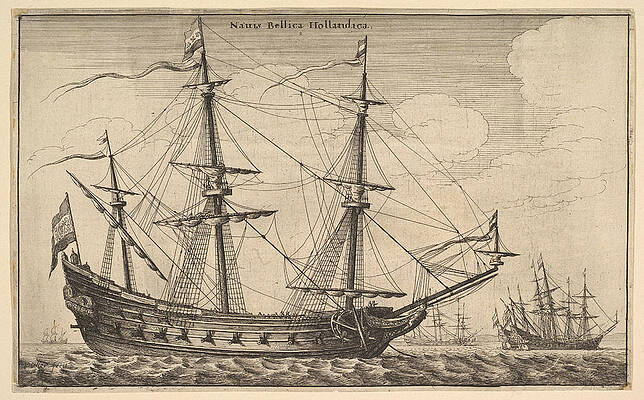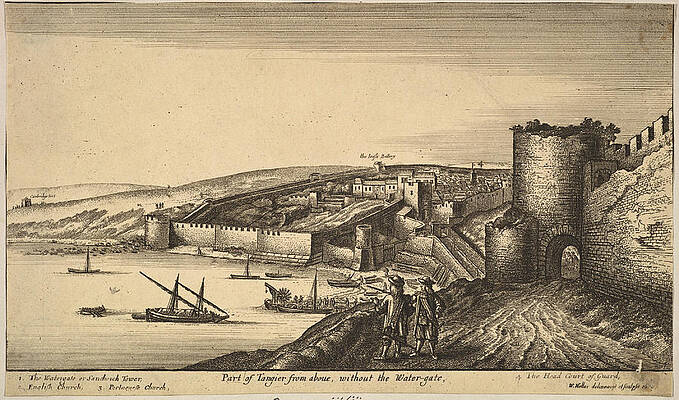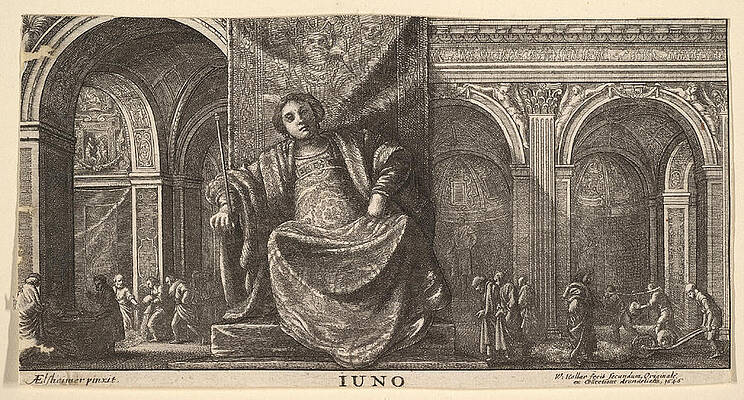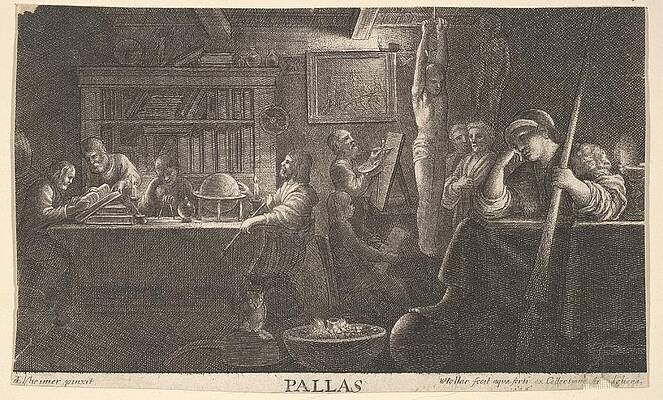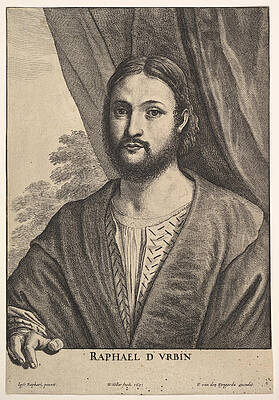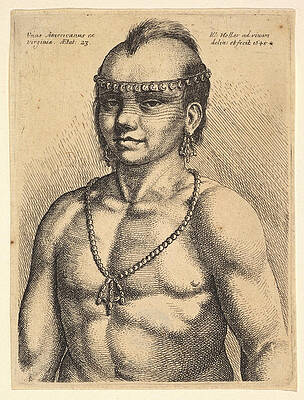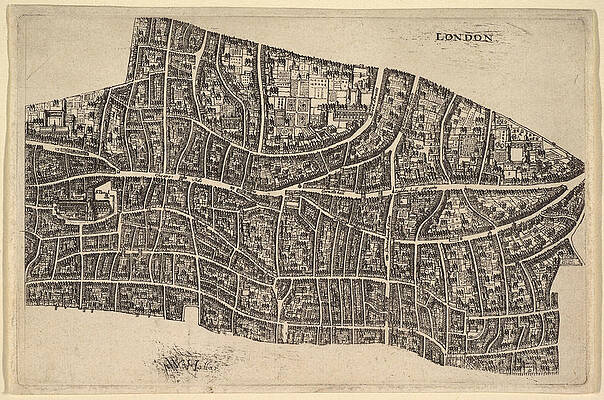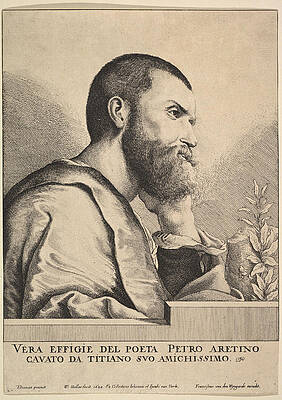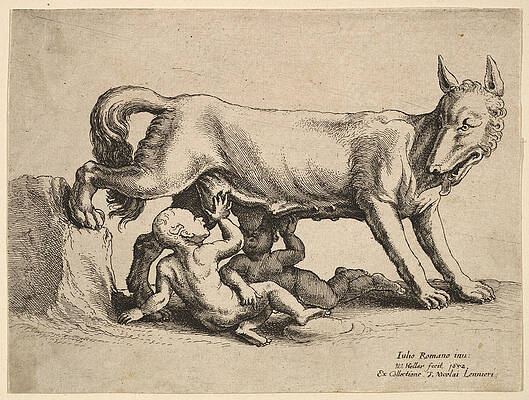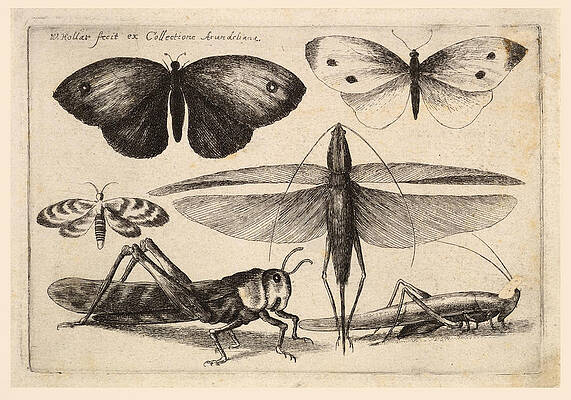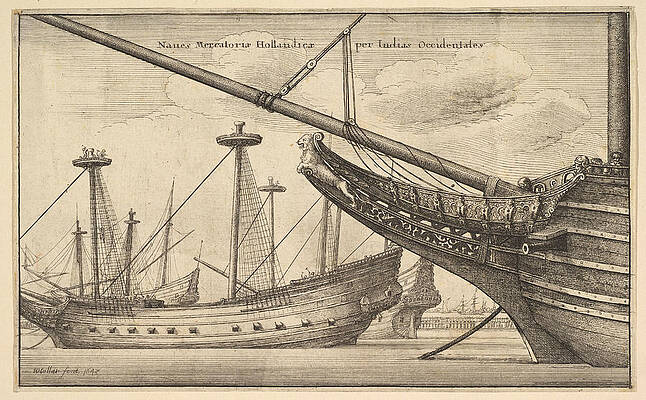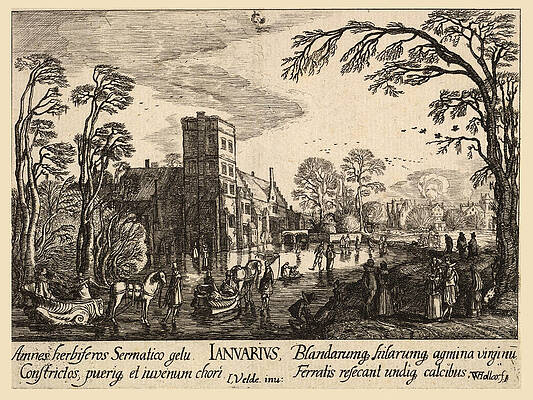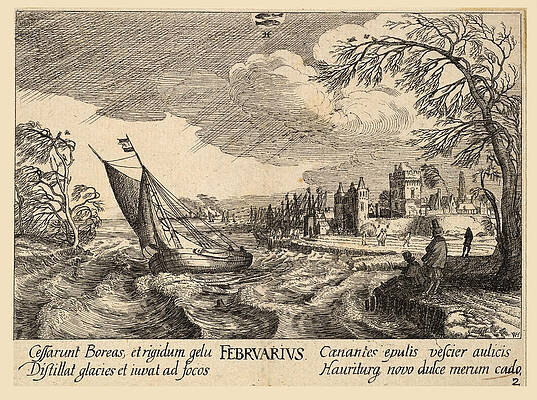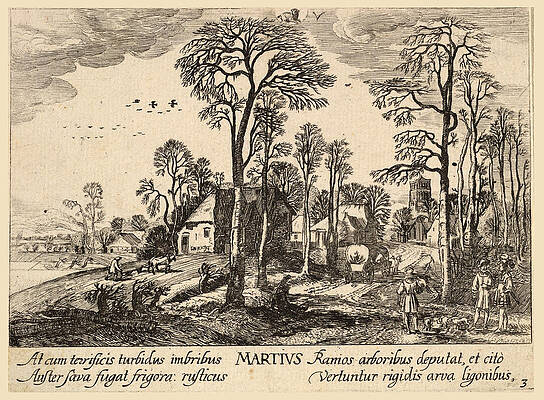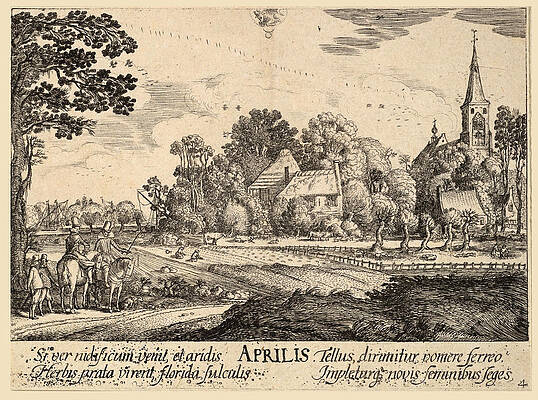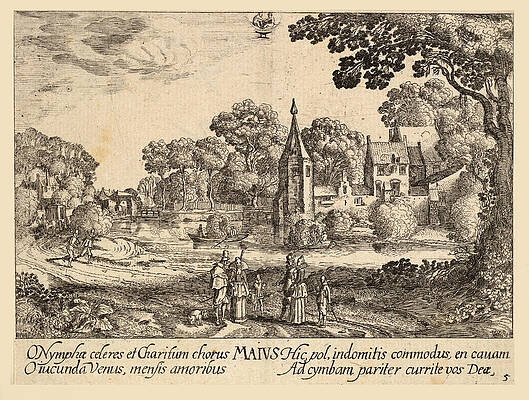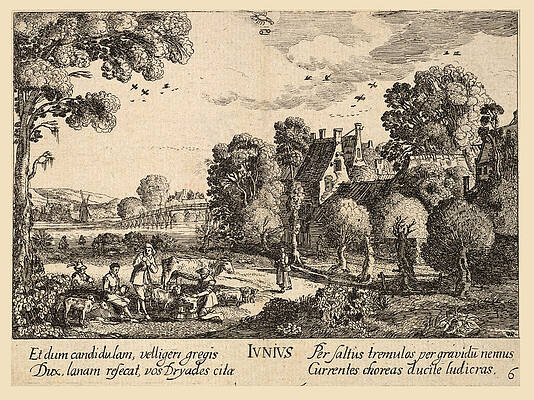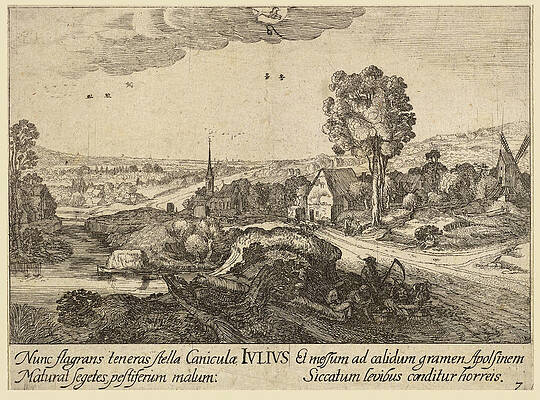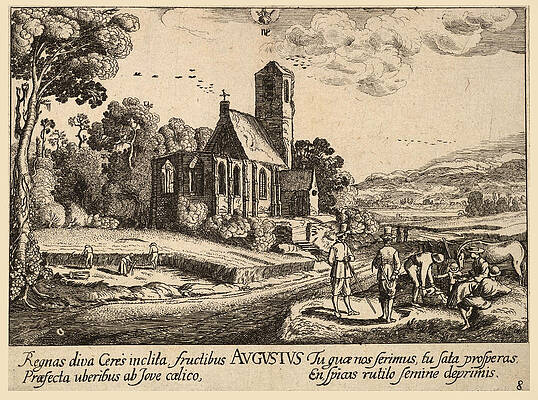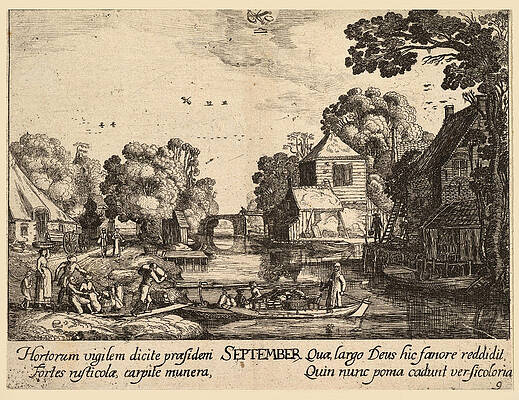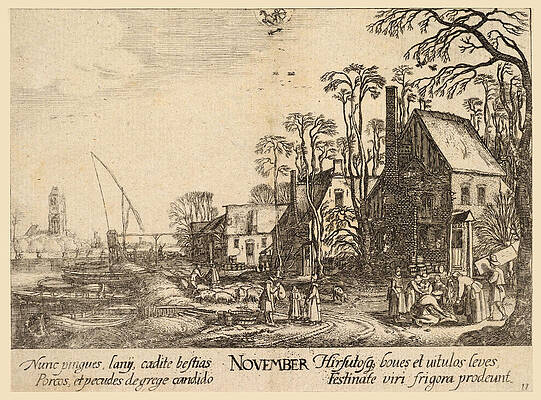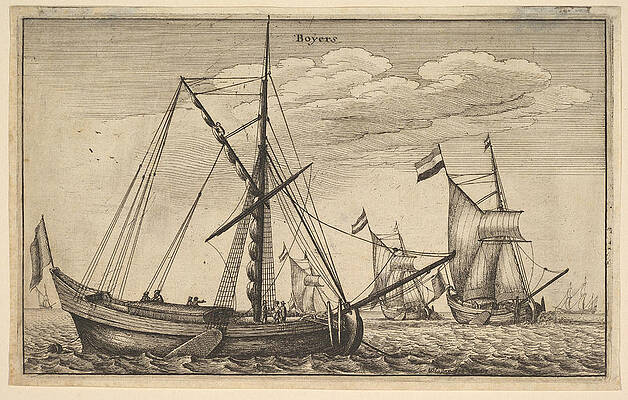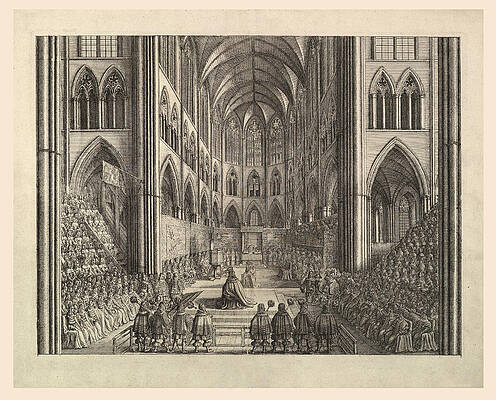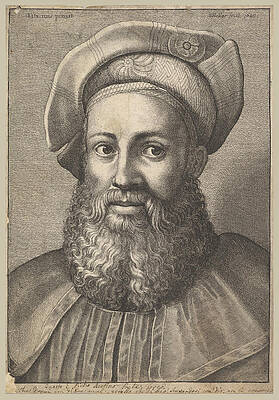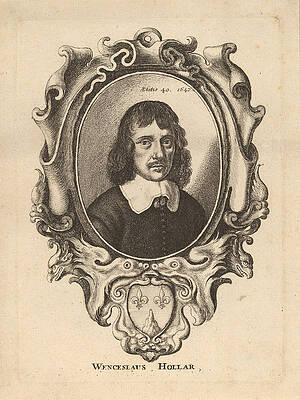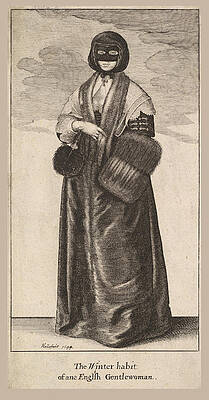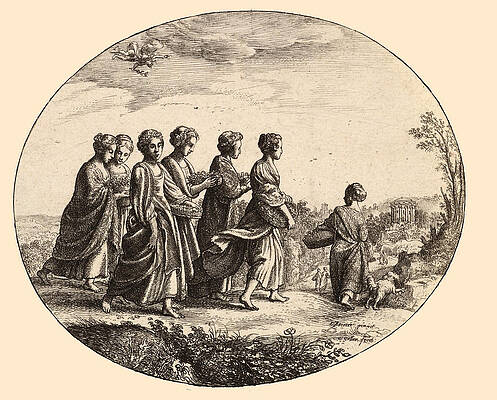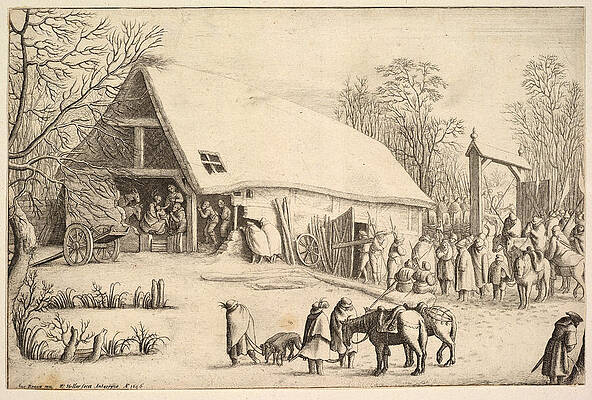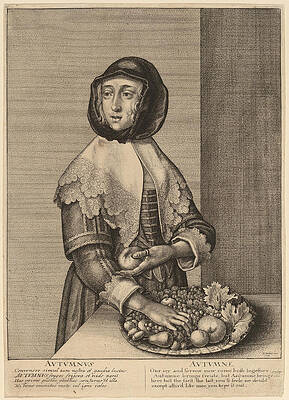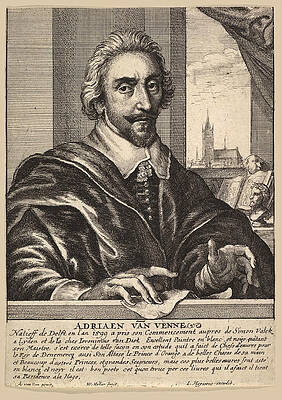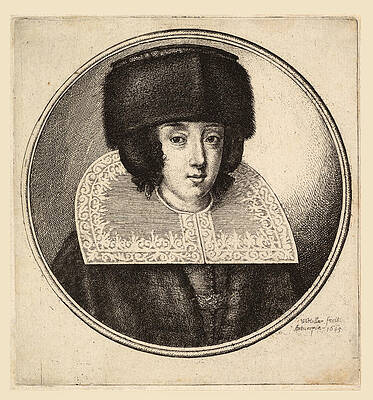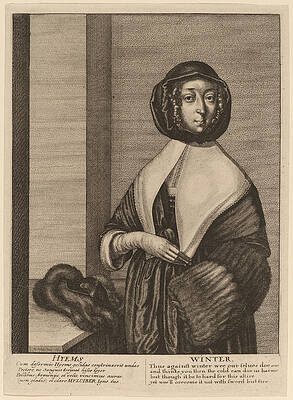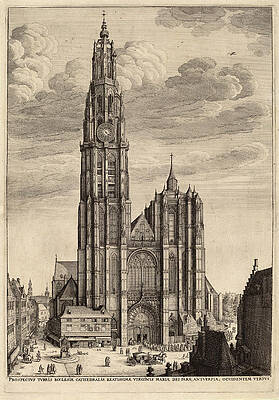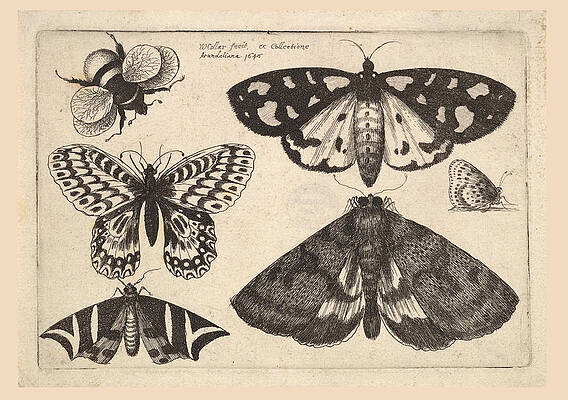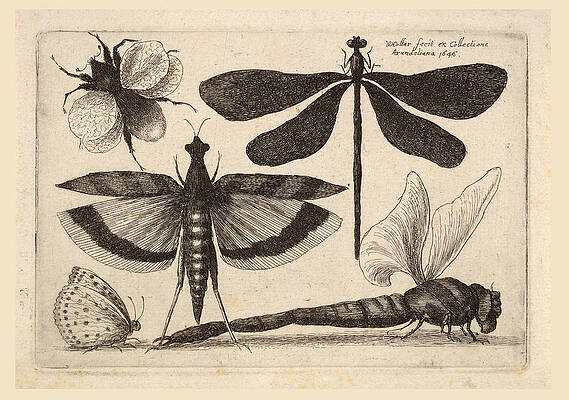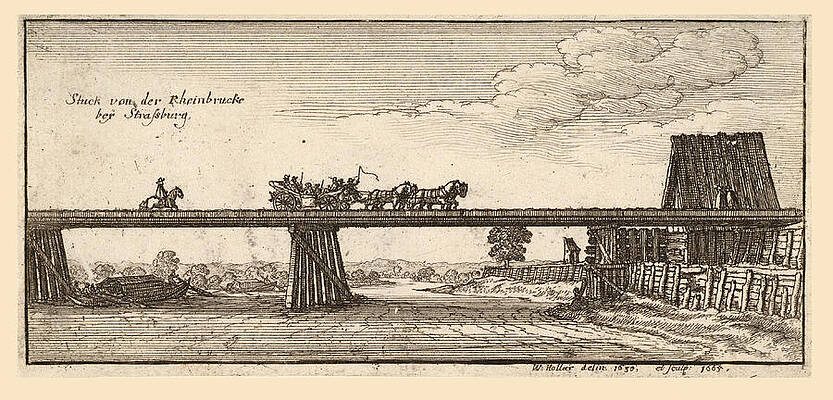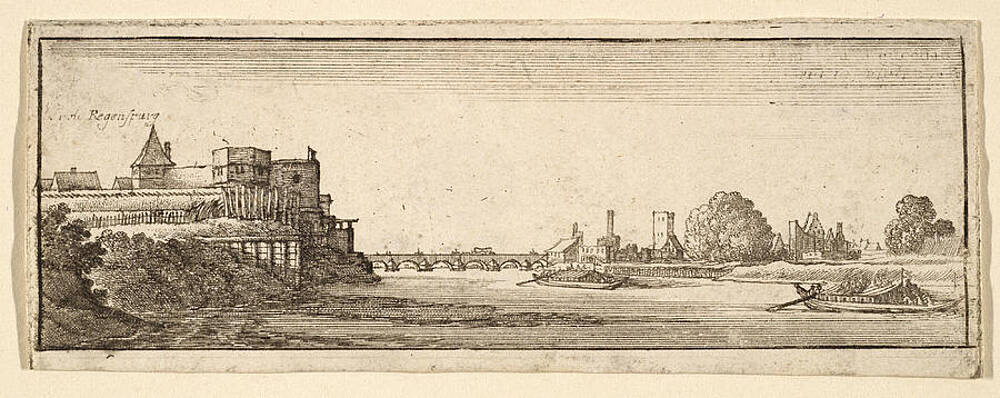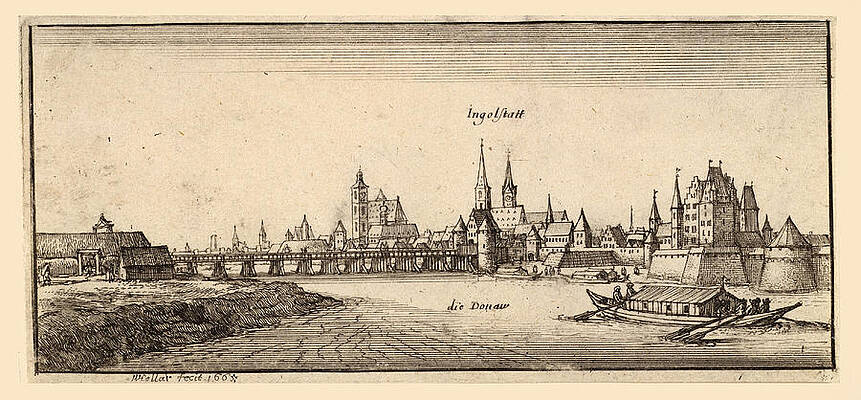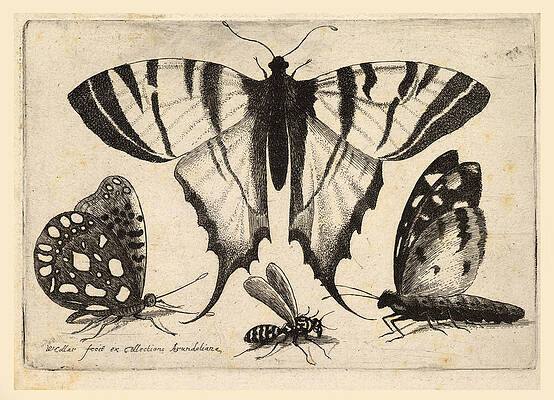Wenceslaus Hollar , Wenceslaus Hollar, Václav Hollar, Wenzel Hollar
Drawings, Illustrations
Dutch Warship
Part of Tangier from above
Cupid on a lion
Realm of Juno
Realm of Venus
Realm of Pallas
Raphael
An American from Virginia
Six hounds
London before the Great Fire
Pietro Aretino
Romulus and Remus
Six insects
Woman with a Wreath of Oak Leaves
Dutch West Indiaman
January
February
March
April
May
June
July
August
September
October
November
December
Spring
Dutch Cargo Ship
The Coronation of King Charles the II in Westminster Abbey, April 23, 1661
Woman with large circular fur hat and earrings
Pietro Aretino
Woman of Antwerp
Self-Portrait
English Lady in Winter Costume
The daughters of Aglaura. Mercury and Herse
Adoration of the Kings
Autumn
Choir and stalls in St George's Chapel, Windsor
Adriaen van de Venne
Summer
Six Hounds
Royal Exchange
Woman with stiff lace collar and flat-crowned fur hat
Kampen
Winter
Antwerp Cathedral
Eleven Hounds
Three moths, two butterflies and a bumble bee
Five Butterflies
Moth and three butterflies
Five Butterflies and a Moth
Dragonflies and a bumble bee
Strasbourg, The Kehl Bridge
Regensburg
Bonn
Esslingen
Ingolstadt
Stuttgart
Stuttgart, The Lake
Three Butterflies and a Wasp

Aschaffenburg, Schloss Johannisberg

Deggendorf , View of the village winemakers with riverboats

Neuwied , View of the town and castle Engers

Illustrations


Bonn , Age inches at the Rheinkaimauer

Bonn, the Rhine overlooking Lion's Castle Drachenfels and Bad Godesberg




Antwerp, The Notre Dame Cathedral





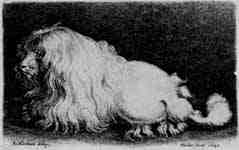












Promulgation of the Peace of Westphalia





The steadfastness of Charles I in disguise

English noblewoman in winter clothes


Esther before Ahasuerus by Veronese


Series "Little Views " , Esslingen

Series "Little views " Kochauß
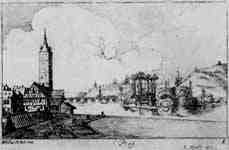
Series "Little Views " , Prague

Series "Little Views " , Prague

Series "Little Views " , Strasbourg

Series "Little Views " , Strasbourg





Series " Female Cologne dancing figurines "

Series " Female Cologne dancing figurines "

Series " Female Cologne dancing figurines "

Series " Female Cologne dancing figurines "

Series " Female Cologne dancing figurines "

Series " Female Cologne dancing figurines "

Series " Female Cologne dancing figurines "

Series of the " Amoenissimae Effigies "

Series of the " Amoenissimae Effigies "

Series of the " Amoenissimae Effigies "

Series of the " Amoenissimae Effigies "

Series of the " Amoenissimae Effigies "

Series of the " Amoenissimae Effigies "

Series of the " Amoenissimae Effigies "

Series of the " Amoenissimae Effigies "

Series of the " Amoenissimae Effigies "

Series of the " Amoenissimae Effigies "

Series of the " Amoenissimae Effigies "

Series of the " Amoenissimae Effigies "

Series of the " Amoenissimae Effigies "

Series of the " Amoenissimae Effigies "

Series of the " Amoenissimae Effigies "







































London, The courtyard building of the house of the Earl of Arundel

London, The courtyard building of the house of the Earl of Arundel


London , Interior of St. Paul's Cathedral






Medallion : middle-class woman of Antwerp


Medallion: citizen woman at Strasbourg












Portrait of the Earl of Arundel

Portrait of Vincent de Stochove







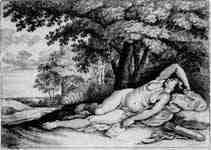





























Wenceslaus Hollar (23 July 1607 – 25 March 1677) was a prolific and accomplished Bohemian graphic artist of the 17th century, who spent much of his life in England. He is known to German speakers as Wenzel Hollar; and to Czech speakers as Václav Hollar Czech: [ˈvaːtslav ˈɦolar]. He is particularly noted for his engravings and etchings. He was born in Prague, died in London, and was buried at St Margaret's Church, Westminster.[1]
Biography
After his family was ruined by the Sack of Prague in the Thirty Years' War, the young Hollar, who had been destined for the law, determined to become an artist. The earliest of his works that have come down to us are dated 1625 and 1626; they are small plates, and one of them is a copy of a "Virgin and Child" by Dürer, whose influence upon Hollar's work was always great. In 1627 he moved to the region around Stuttgart; before moving to Straßburg, and then, in 1633, to Cologne.[1]
It was in 1636 that he attracted the notice of the famous nobleman and art collector Thomas Howard, 21st Earl of Arundel, then on an embassy to the imperial court. Employed as a draftsman he travelled with Arundel to Vienna and Prague. In 1637 he returned with him to England where he remained in the Earl's household for many years.
Life in England
Though he became a servant of Lord Arundel, he seems not to have worked exclusively for him, and after the Earl's death in Padua in 1646, earned his living by working for various authors and publishers, which was afterwards his primary means of distribution. In around 1650, probably at the request of Hendrik van der Borcht, he etched a commemorative print done after a design by Cornelius Schut in Arundel's honour and dedicated to his widow, Aletheia. Arundel is seated in melancholy mode on his tomb in front of an obelisk (perhaps commemorating the one he tried to import from Rome), and surrounded by works of art and their personifications.
In 1745, George Vertue paid homage to their association in the vignette he published on page one of his Description of the Works of the Ingenious Delineator and Engraver Wenceslaus Hollar. It featured a bust of Arundel in front of a pyramid, symbolizing immortality, surrounded by illustrated books and the instruments of Hollar's trade.[2]
During his first year in England he created "View of Greenwich", later issued by Peter Stent, the print-seller. Nearly 3 feet (0.9 m) long, he received thirty shillings for the plate, a small fraction of its present value. Afterwards he fixed the price of his work at fourpence an hour, and measured his time by a sand-glass. Lord Arundel left England in 1642, and Hollar passed into the service of the Duke of York, taking with him a wife and two children.
English Civil War
Long View of London from Bankside, 1647.
Hollar's depiction of the Mary Rose engagement.
Woman with high crowned hat.
He continued to produce works prolifically throughout the English Civil War, but it adversely affected his income. An etching dated 1643 and epitomizing the civil war, entitled as it is: 'civilis seditio,' features a snake with a head at each end pulling in opposite directions in front of the Giza pyramids and sphinx. Hollar took his setting, presumably symbolizing longer term values, directly from an engraving published in George Sandys' Relation of a Journey begun An. Dom 1610, published in 1615.[3]
During the period of the unrest of the Civil Wars he worked in Antwerp, where he produced many of his most renowned works, including views, his "muffs" and "shells". In 1652 he returned to London, and lived for a time with Faithorne the engraver near Temple Bar.
During the following years many books were published which he illustrated: Ogilby's Virgil and Homer, Stapylton's Juvenal, and Dugdale's Warwickshire, St Paul's and Monasticon (part i.). His income fell as booksellers continued to decline his work, and the Court did not purchase his works following the Restoration. During this time he lost his young son, also reputed to have artistic ability, to the plague.
After the Great Fire of London he produced some of his famous "Views of London"; and it may have been the success of these plates which induced the king to send him, in 1668, to Tangier, to draw the town and forts.[4] During his return to England a desperate and successful engagement was fought by his ship, the Mary Rose, under Captain John Kempthorne, against seven Algerine men-of-war,--a battle which Hollar etched for Ogilby's Africa.
He lived eight years after his return, still working for the booksellers, and continuing to produce well-regarded works until his death, for example a large plate of Edinburgh dated 1670. He died in extreme poverty, his last recorded words being a request to the bailiffs that they would not carry away the bed on which he was dying.
Hollar's plan of "Old" St. Paul's Cathedral in London, 1658.
Works
Hollar produced a variety of works; his plates number some 2740, and include views, portraits, ships, religious subjects, heraldic subjects, landscapes, and still life in many different forms. His architectural drawings, such as those of Antwerp and Strassburg cathedrals, and his views of towns, are to scale, but are intended as pictures as well. He reproduced decorative works of other artists, as in the famous chalice after Mantegna's drawing.
One of Hollar's most famous etchings is a picture of the Cathedral of Our Lady Antwerp, dated 1649. The work's lively figural decoration, so typical of Hollar's work, includes a procession towards the entrance of the cathedral, a horse-drawn coach, and passerby and dogs in a square in front of the church. The picture of the Antwerp cathedral was on display at the Lobkowicz Palace during the Lobkowicz Library exhibition "Architecture in the Work of Peter Paul Rubens and Vaclav Hollar, which ran through the 30th of May, 2013.
Almost complete collections of Hollar's work are kept in the British Museum, the print room at Windsor Castle and the National Gallery in Prague. Hollar's oeuvre was first catalogued in 1745 (2nd ed. 1759) by George Vertue. The prints were subsequently catalogued in 1853 by Gustav Parthey and in 1982 by Richard Pennington. A new complete illustrated catalogue has been published in the New Hollstein German series. Much of his work is available online from the University of Toronto in their Wenceslaus Hollar digital collection.
There is a High School of Arts and Higher Professional Art School in Prague, named after him (Vyšší odborná škola a Střední umělecká škola Václava Hollara).
See also
List of British artists
St. Rumbold's Cathedral (commented illustration)
References
Richard Godfrey, Wenceslaus Hollar: A Bohemian Artist in England (New Haven and London, 1994) and Richard Pennington, A Descriptive Catalogue of the Etched Work of Wenceslaus Hollar 1607-1677 (Cambridge, 1982).
Edward Chaney, "Roma Britannica and the Cultural Memory of Egypt: Lord Arundel and the Obelisk of Domitian", in Roma Britannica: Art Patronage and Cultural Exchange in Eighteenth-Century Rome, eds. D. Marshall, K. Wolfe and S. Russell, British School at Rome, 2011, pp. 147–70.
Chaney, 'Roma Britannica and the Cultural Memory of Egypt', pp. 154-5.
Martin Malcolm Elbl, Portuguese Tangier (1471-1662): Colonial Urban Fabric as Cross-Cultural Skeleton (Toronto/Peterborough: Baywolf Press, 2013), 109-110.
Public Domain This article incorporates text from a publication now in the public domain: Chisholm, Hugh, ed. (1911). Encyclopædia Britannica (11th ed.). Cambridge University Press.
Bibliography
Edward Chaney, "Roma Britannica and the Cultural Memory of Egypt: Lord Arundel and the Obelisk of Domitian", in Roma Britannica: Art Patronage and Cultural Exchange in Eighteenth-Century Rome, eds. D. Marshall, K. Wolfe and S. Russell, British School at Rome, 2011, pp. 147–70.
Richard Godfrey, Wenceslaus Hollar: A Bohemian Artist in England (New Haven and London, 1994).
Richard Pennington, A Descriptive Catalogue of the Etched Work of Wenceslaus Hollar 1607-1677 (Cambridge, 1982).
Johannes Urzidil, Hollar, a Czech émigré in England (London 1942).
http://www.lobkowicz.cz/en/Highlights-from-The-Collections-47.htm?item=562
---
Fine Art Prints | Greeting Cards | Phone Cases | Lifestyle | Face Masks | Men's , Women' Apparel | Home Decor | jigsaw puzzles | Notebooks | Tapestries | ...
---
Artist
A - B - C - D - E - F - G - H - I - J - K - L - M -
N - O - P - Q - R - S - T - U - V - W - X - Y - Z
Retrieved from "http://en.wikipedia.org/"
All text is available under the terms of the GNU Free Documentation License


